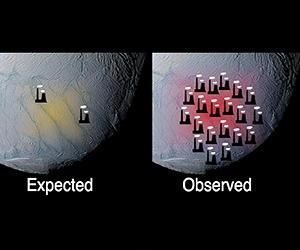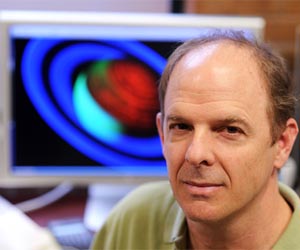Omeganian ark was said be activated only after 1000 yrs (from now 900 yrs around) and would probably carry our past (including some important samples of our culture and civilization) then to far off worlds... This would happen to the ark on the moon (hidden?) when there is a major catastrophe out here ...
Omeganians = an advanced alien race.
Aurion Mission

Preserved samples from a 1958 experiment done by "primordial soup" pioneer Stanley Miller contain amino acids created by the experiment. Credit: Scripps Institution of Oceanography, UC San Diego
Stanley Miller gained fame with his 1953 experiment showing the synthesis of organic compounds thought to be important in setting the origin of life in motion. Five years later, he produced samples from a similar experiment but he shelved them and, as far as anyone knows, never returned to them.
Fast forward 50 years to Jeffrey Bada, Miller's former student but now a current UC San Diego professor of marine chemistry, who discovered the samples in Miller's laboratory material and may have made a discovery that represents a potential breakthrough in the search for the processes that created Earth's first life forms.
Former undergraduate student Eric Parker, Bada and colleagues reported on their reanalysis of the samples in Proceedings of the National Academy of Sciences. Miller's 1958 experiment in which the gas hydrogen sulfide was added to a mix of gases believed to be present in the atmosphere of early Earth resulted in the synthesis of sulfur amino acids as well as other amino acids. The analysis by Bada's lab using techniques not available to Miller suggests that a diversity of organic compounds existed on early planet Earth to an extent scientists had not previously realized.
"Much to our surprise the yield of amino acids is a lot richer than any experiment (Miller) had ever conducted," said Bada.
The new findings support the case that volcanoes — a major source of atmospheric hydrogen sulfide today — accompanied by lightning converted simple gases into a wide array of amino acids, which are were in turn available for assembly into early proteins.
Bada also found that the amino acids produced in Miller's experiment with hydrogen sulfide are similar to those found in meteorites. This supports a widely-held hypothesis that processes such as the ones in the laboratory experiments provide a model of how organic material needed for the origin of life are likely widespread in the universe and thus may provide the extraterrestrial seeds of life elsewhere.
Successful creation of the sulfur-rich amino acids would take place in the labs of several researchers, including Miller himself, but not until the 1970s.
"Unbeknownst to him, he'd already done it in 1958," said Bada.
Fast forward 50 years to Jeffrey Bada, Miller's former student but now a current UC San Diego professor of marine chemistry, who discovered the samples in Miller's laboratory material and may have made a discovery that represents a potential breakthrough in the search for the processes that created Earth's first life forms.
Former undergraduate student Eric Parker, Bada and colleagues reported on their reanalysis of the samples in Proceedings of the National Academy of Sciences. Miller's 1958 experiment in which the gas hydrogen sulfide was added to a mix of gases believed to be present in the atmosphere of early Earth resulted in the synthesis of sulfur amino acids as well as other amino acids. The analysis by Bada's lab using techniques not available to Miller suggests that a diversity of organic compounds existed on early planet Earth to an extent scientists had not previously realized.
"Much to our surprise the yield of amino acids is a lot richer than any experiment (Miller) had ever conducted," said Bada.
The new findings support the case that volcanoes — a major source of atmospheric hydrogen sulfide today — accompanied by lightning converted simple gases into a wide array of amino acids, which are were in turn available for assembly into early proteins.
Bada also found that the amino acids produced in Miller's experiment with hydrogen sulfide are similar to those found in meteorites. This supports a widely-held hypothesis that processes such as the ones in the laboratory experiments provide a model of how organic material needed for the origin of life are likely widespread in the universe and thus may provide the extraterrestrial seeds of life elsewhere.
Successful creation of the sulfur-rich amino acids would take place in the labs of several researchers, including Miller himself, but not until the 1970s.
"Unbeknownst to him, he'd already done it in 1958," said Bada.





















